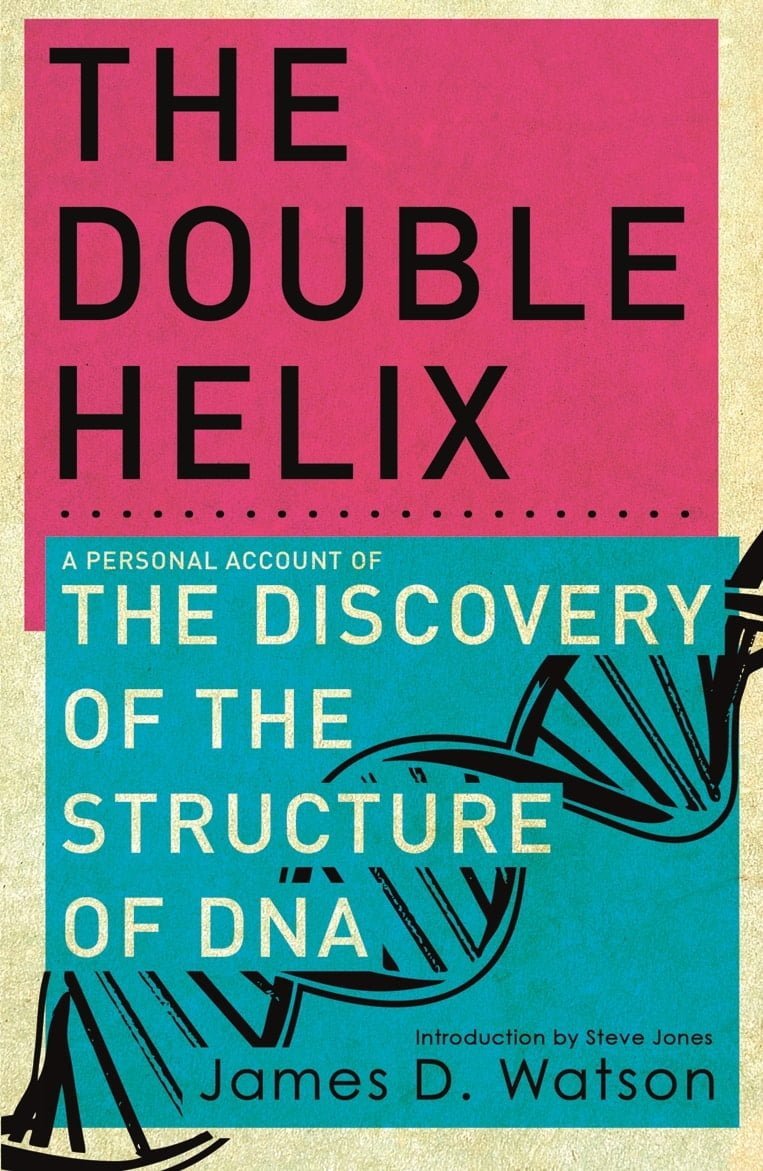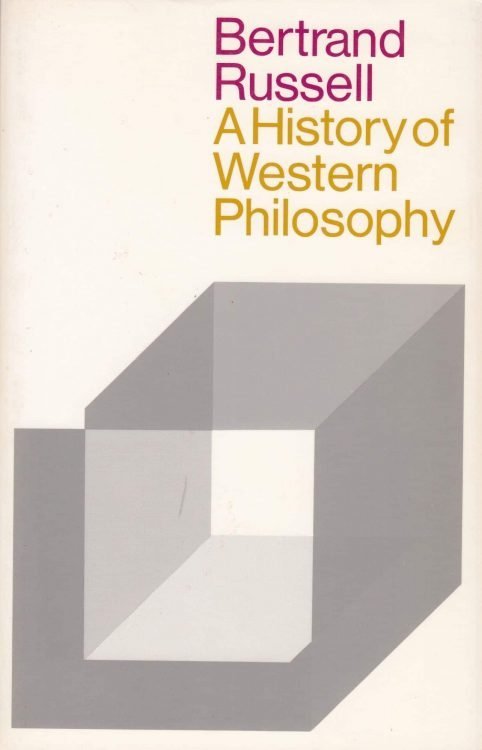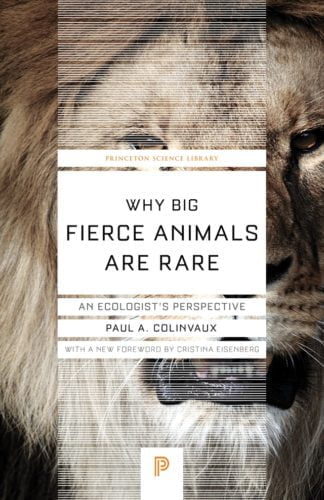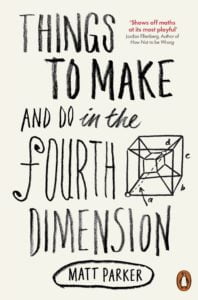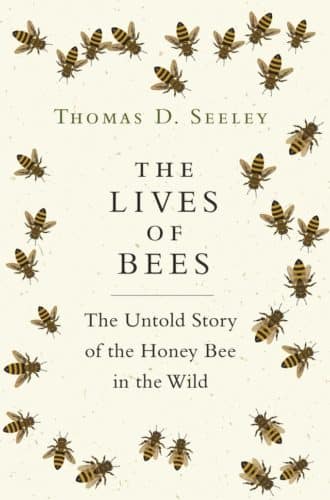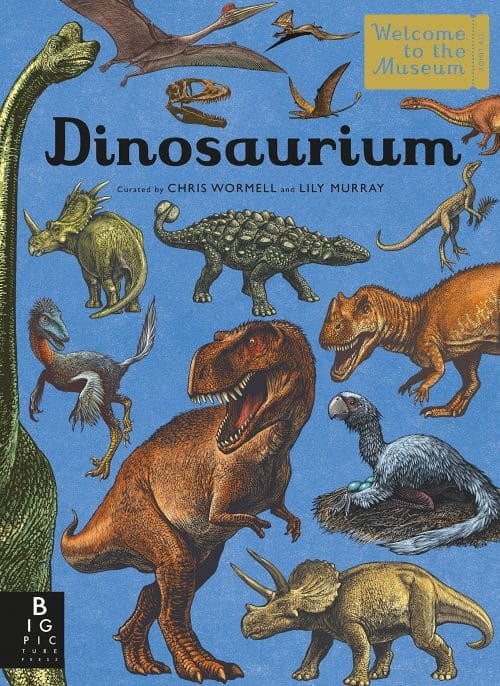The Double Helix is a wonderfully candid recounting of the scientific process, revealing the interplay between precedent and the human condition.
By identifying the structure of DNA, the molecule of life, Francis Crick and James Watson revolutionized biochemistry and won themselves a Nobel Prize. At the time, Watson was only 24, a young scientist hungry to make his mark. His uncompromisingly honest account of the heady days of their thrilling sprint against other world-class researchers to solve one of science’s greatest mysteries gives a dazzlingly clear picture of a world of brilliant scientists with great gifts, very human ambitions, and bitter rivalries.
With humility unspoiled by false modesty, Watson relates his and Crick’s desperate efforts to beat Linus Pauling to the Holy Grail of life sciences: the identification of the basic building block of life. Never has a scientist been so truthful in capturing the flavor of his work in words.
I loved The Double Helix because it showed me another side of science. First, The Double Helix tells about how regular people make big discoveries. Those regular people don’t bother about the money; their biggest passion is science. This book moves science forward because it makes the young mind think they can move the science themselves like Watson and crick and decide to master biochemistry or physics.
Secondly, The Double Helix is a real story about the collaboration and opposition between scientists, which is not well-known to regular people. It is really interesting to learn about.

